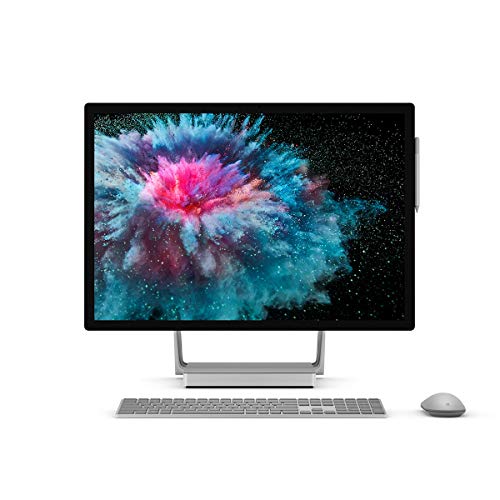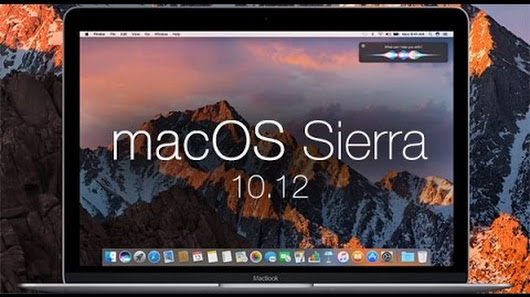Demystified,OLED Technology
Demystified,OLED is the newest TV technology available for consumers. It has been used in cell phones, tablets, and other small-screen applications for a while,
but since 2013 it has been successfully applied to large-screen consumer TV applications.
Manufacturers such as Samsung, Sony, Vizio and more all make televisions with OLED technology.
OLED stands for organic light-emitting diode. To keep it simple, the screen is made of pixel-sized, organically based elements (no, they are not actually alive). OLED has some of the characteristics of both LCD and plasma TVs.
OLED Technology
What OLED has in common with LCD is that OLED can be laid out in very thin layers, enabling thin TV frame design and energy-efficient power consumption.
However, just like LCD, OLED TVs are subject to dead pixel defects.
What OLED has in common with plasma is that the pixels are self-emitting (no backlight, edge-light, or local dimming is required),
very deep black levels can be produced (in fact, OLED can produce absolute black), OLED provides a wide undistorted viewing angle, comparing well in terms of smooth motion response. However, like plasma, OLED is subject to burn-in.
Also, indications are that OLED screens have a shorter lifespan than LCD or plasma, especially in the blue part of the color spectrum.
In addition, current OLED panel production costs for the large-screen sizes needed for TVs are very high in comparison to all other existing TV technologies.
OLED
However, going with both the positives and the negatives, OLED is considered by many to display the best images seen so far in TV technology.
Also, one stand-out physical characteristic of OLED TV technology is that the panels are so thin that they can be made flexible,
resulting in the manufacturing of curved-screen TVs. (Some LCD TVs have been made with curved screens as well.)
OLED technology can be implemented in several ways for TVs. However, a process that LG developed is the most common one in use. The LG process is referred to as WRGB. WRGB combines white OLED self-emitting subpixels with red, green, and blue color filters.
LG’s approach is intended to limit the effect of premature blue color degradation that seems to occur with blue self-emitting OLED pixels.
Demystified,Fixed-Pixel Displays
Demystified,Despite the differences between plasma, LCD, DLP, and OLED televisions, they all share one thing in common.
Plasma, LCD, DLP, and OLED TVs have a finite number of screen pixels; thus, they are “fixed-pixel” displays.
Input signals that have higher resolutions must be scaled to fit the pixel field count of the particular plasma, LCD, DLP, or OLED display.
For example, a typical 1080i HDTV broadcast signal needs a native display of 1920×1080 pixels for a one-to-one point display of the HDTV image.
However, since plasma, LCD, DLP, and OLED televisions can only display progressive images,
1080i source signals are always either deinterlaced to 1080p for display on a 1080p TV, or deinterlaced and scaled down to 768p, 720p, or 480p, depending on the native pixel resolution of the specific TV.
Technically, there is no such thing as a 1080i LCD, plasma, DLP, or OLED TV.
The Bottom Line
When it comes to putting a moving image on a TV screen,
a lot of technology is involved, and each technology implemented in the past and present has advantages and disadvantages.
However, the quest has always been to make that technology “invisible” to the viewer.
Although you want to be familiar with the technology basics, along with all the other features you desire and what will fit in your room, the bottom line is whether what you see on the screen looks good to you and what you’ll need to make that happen.




